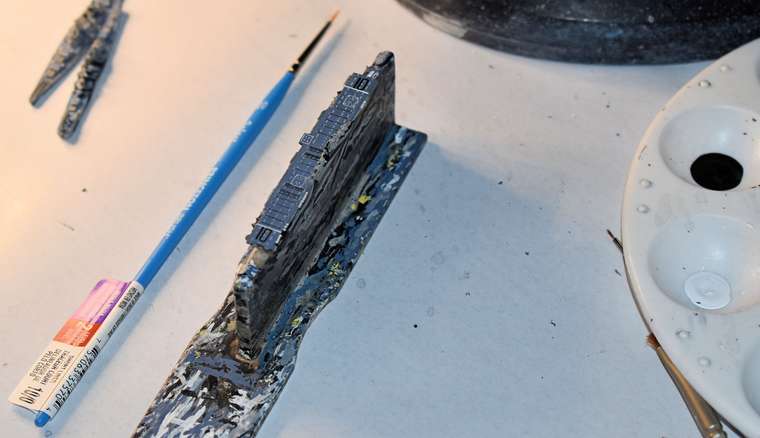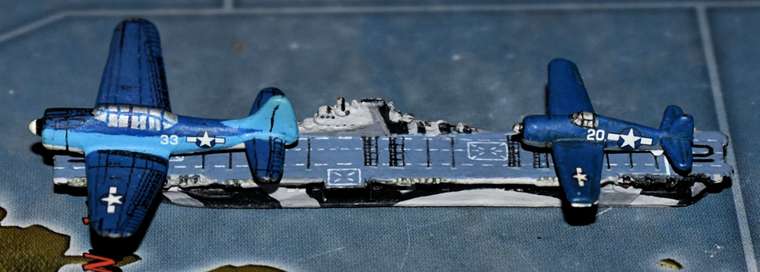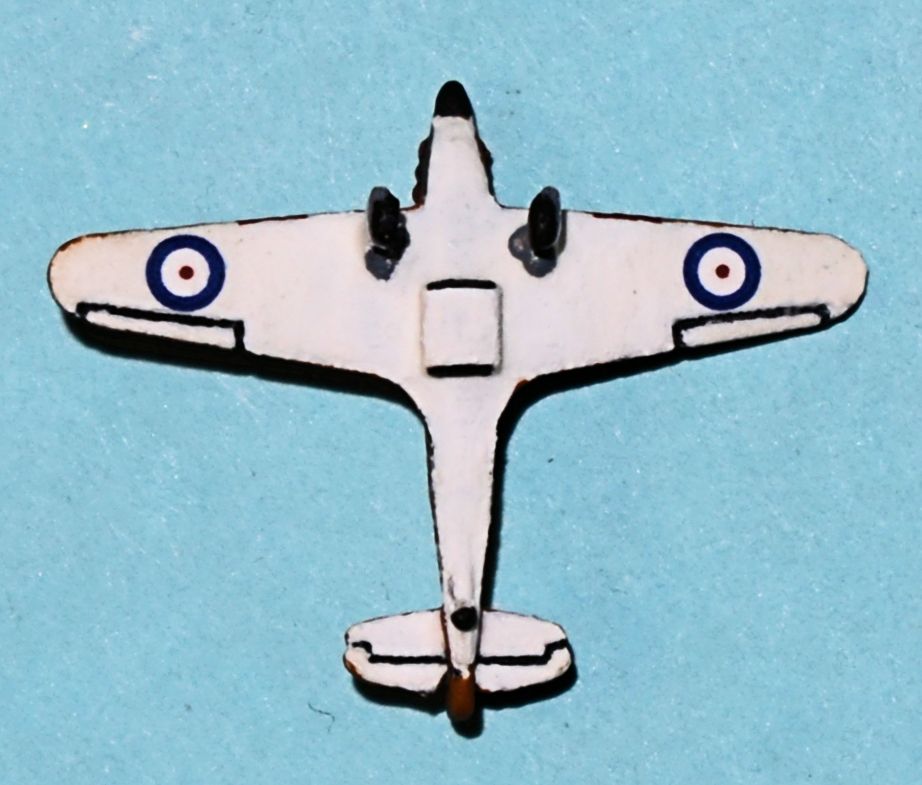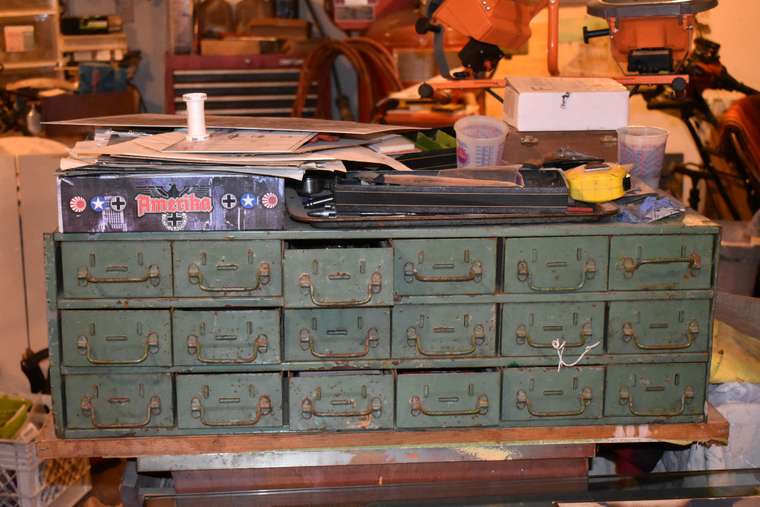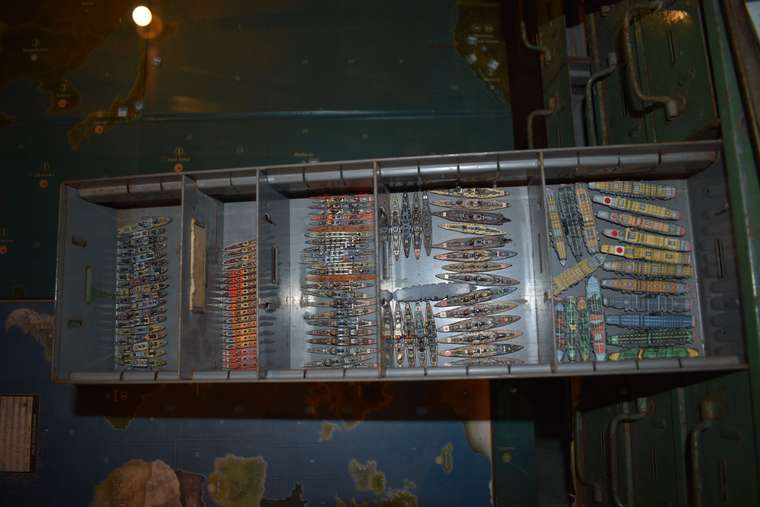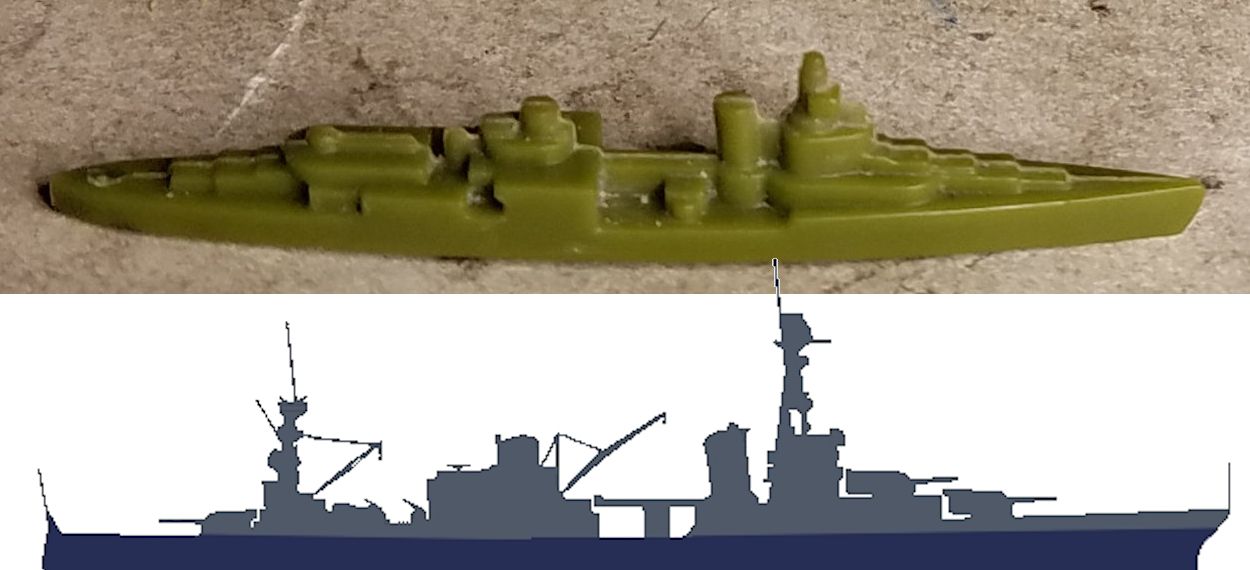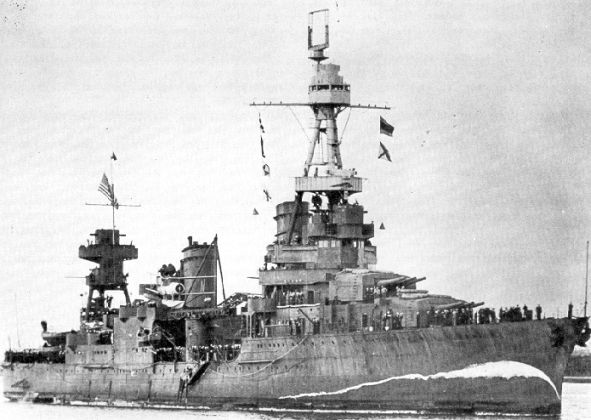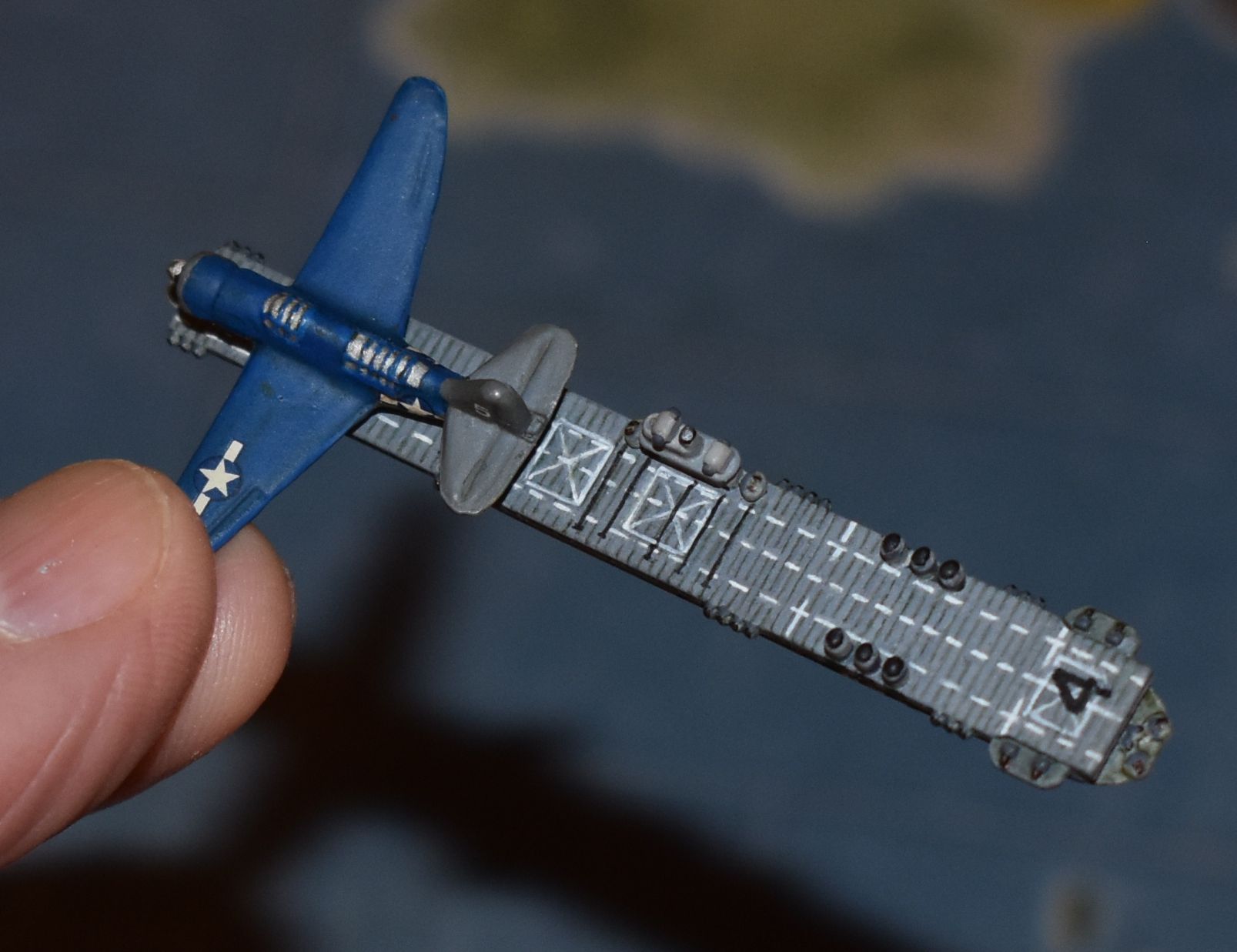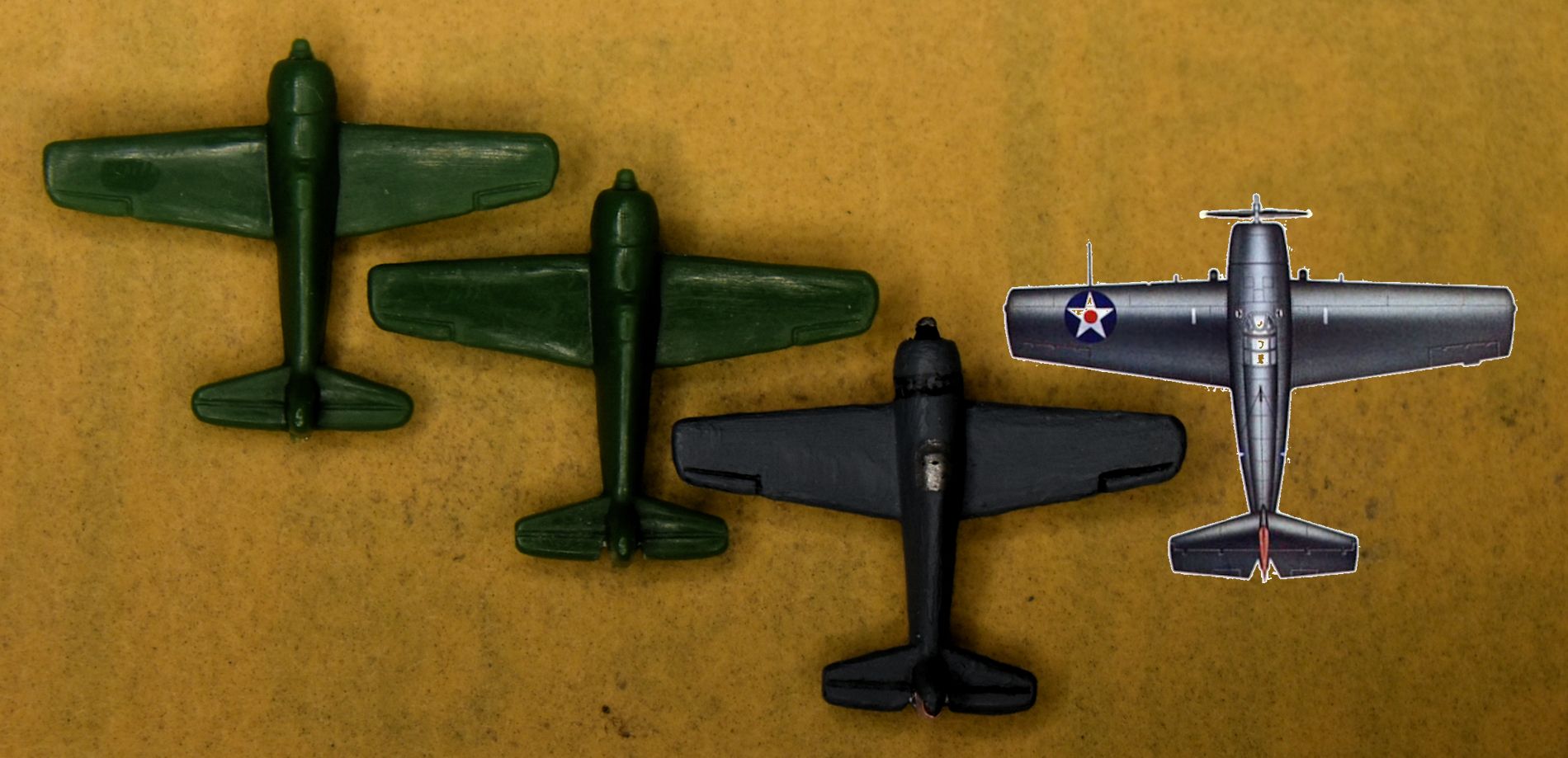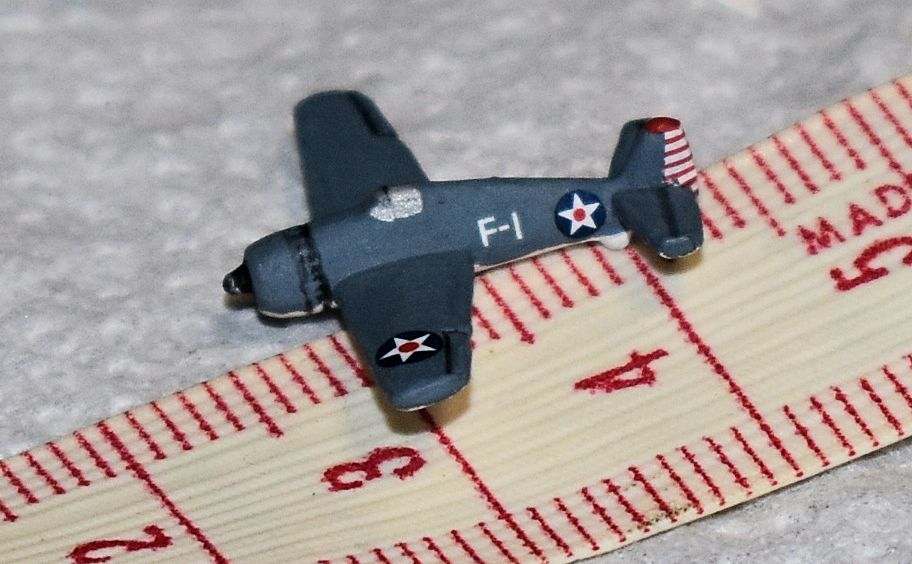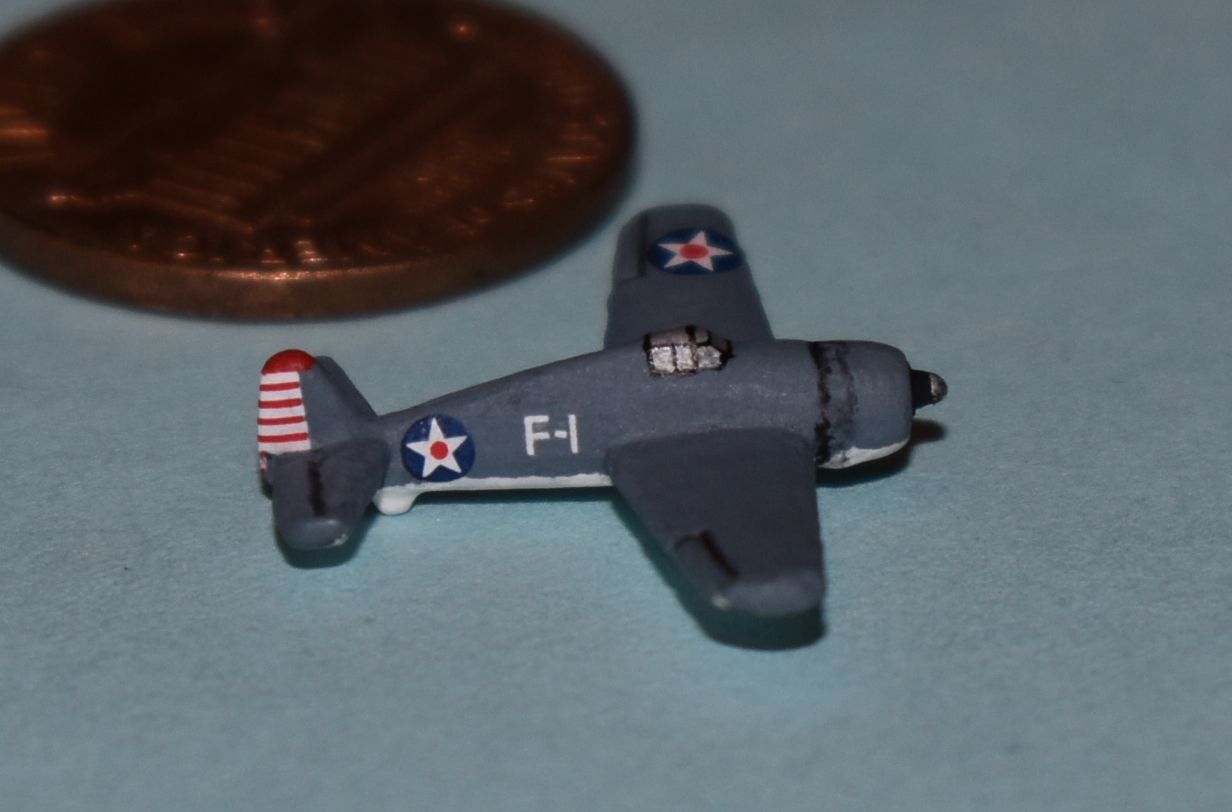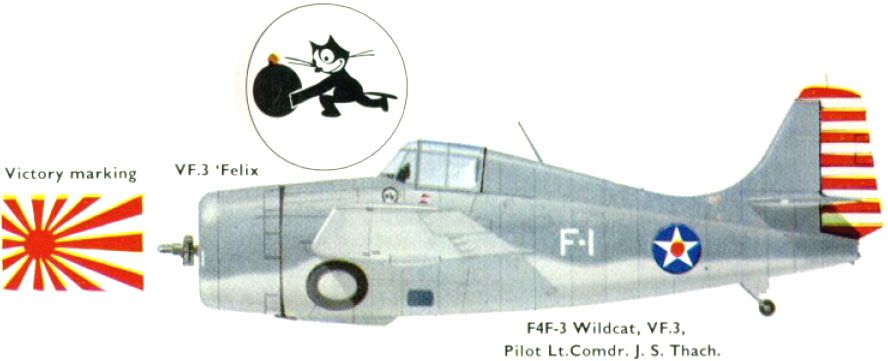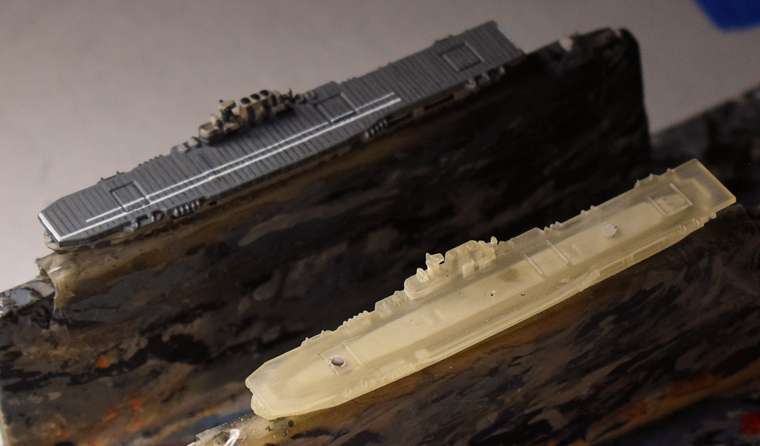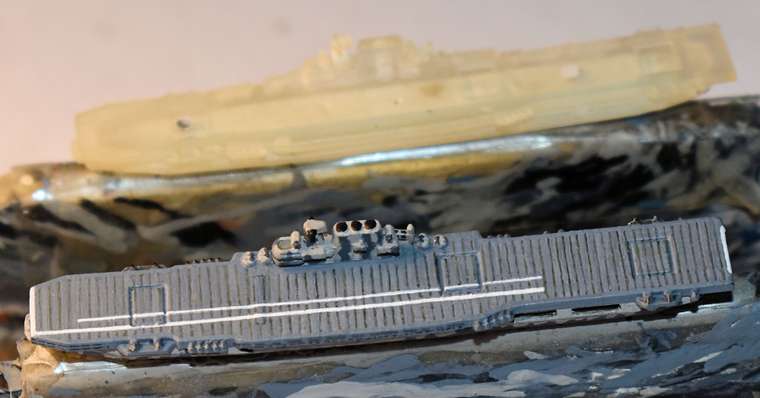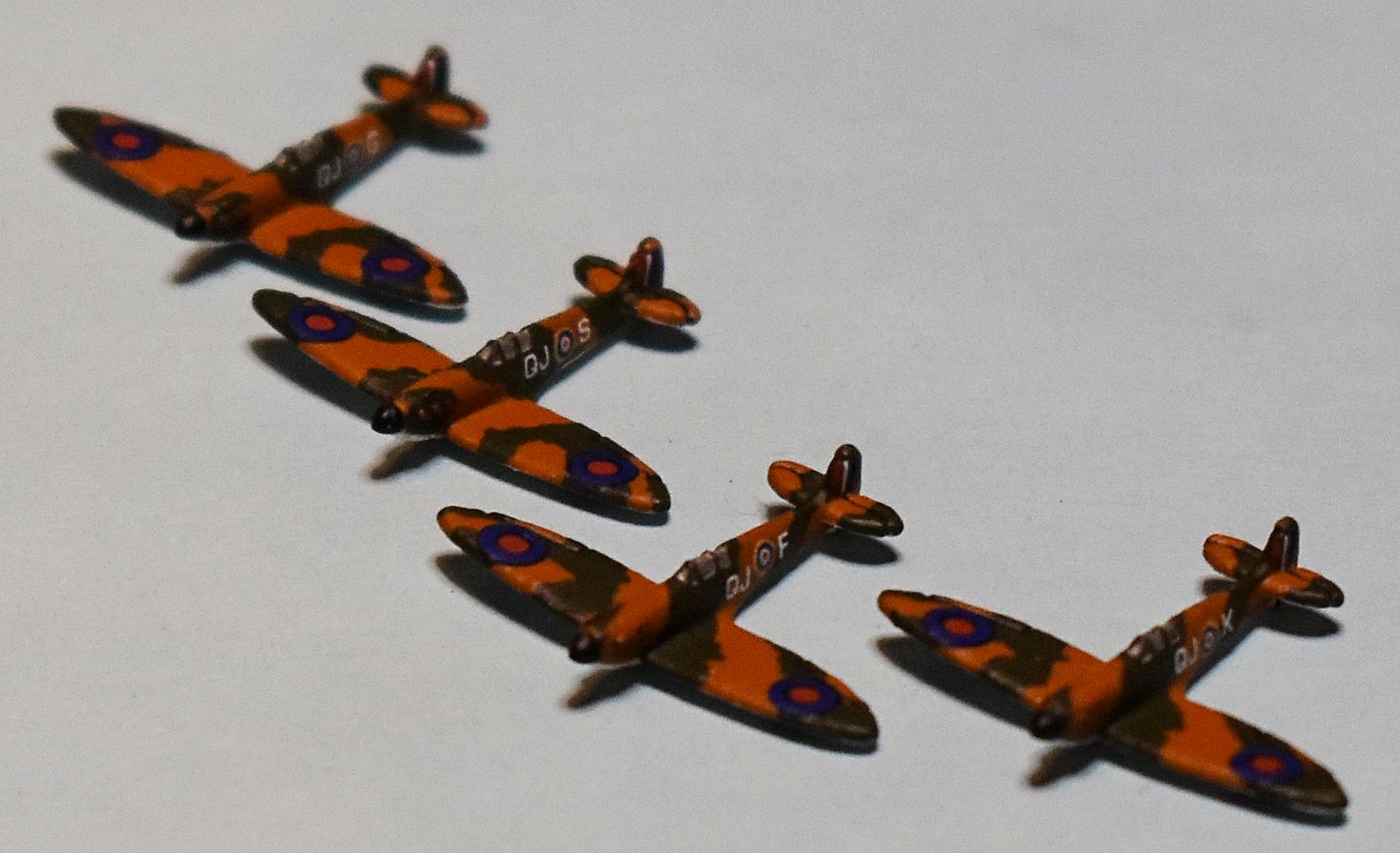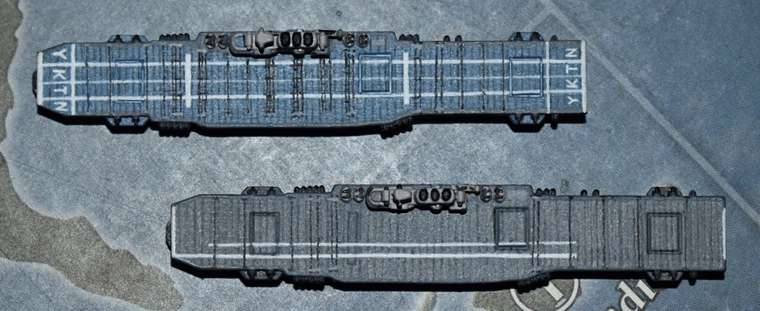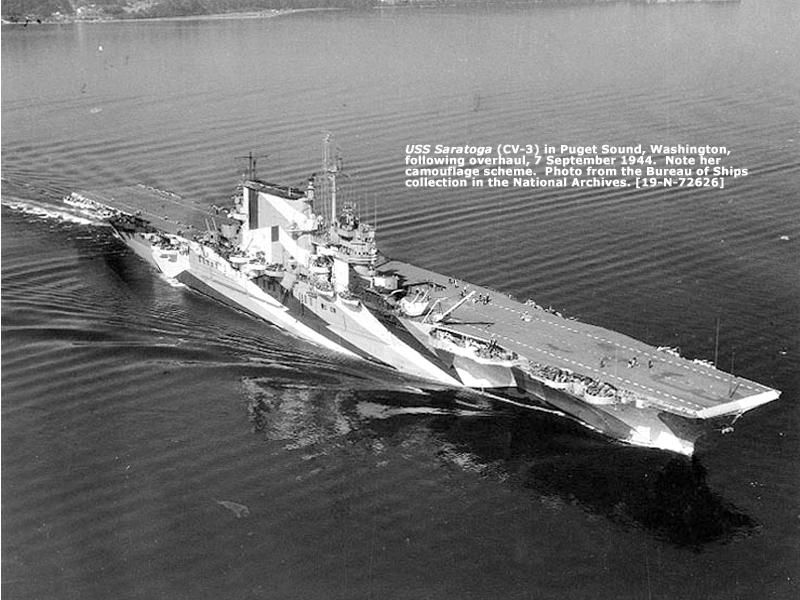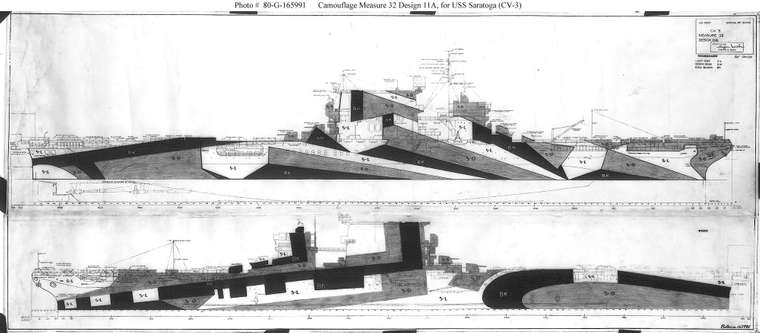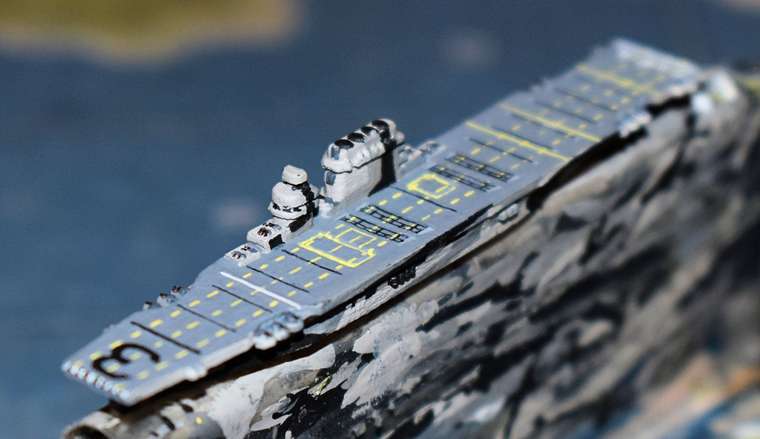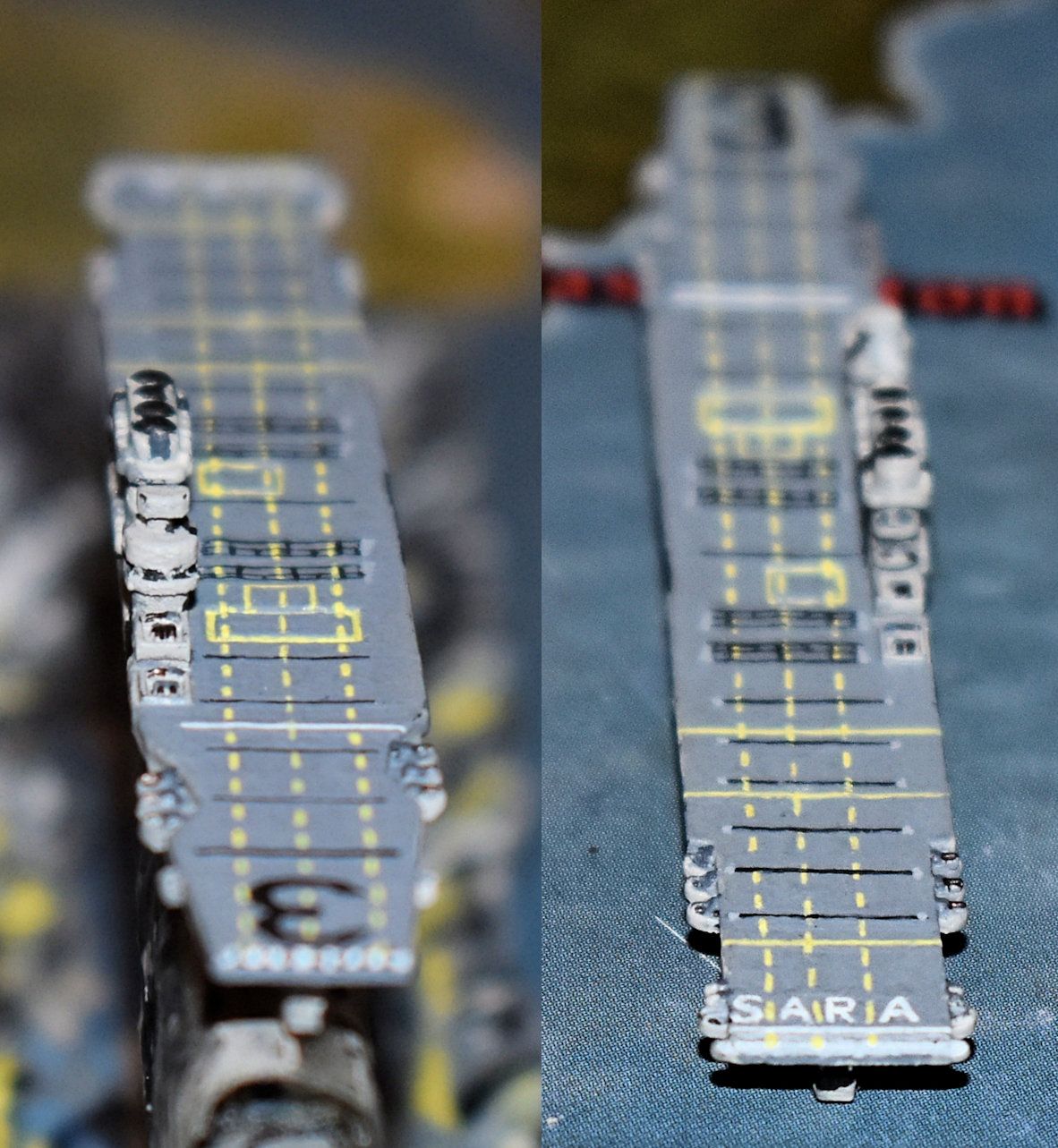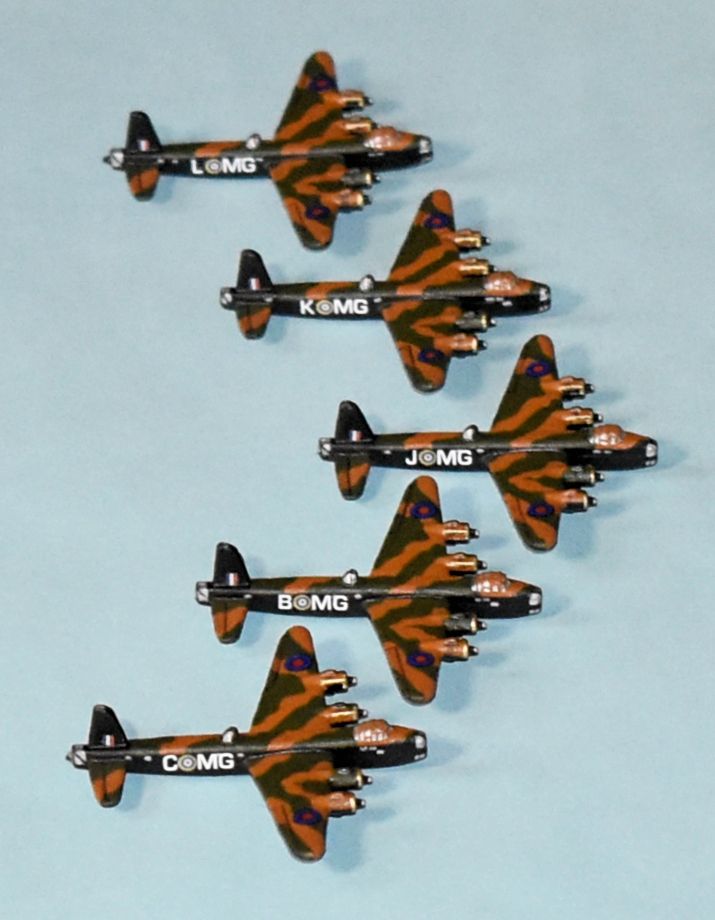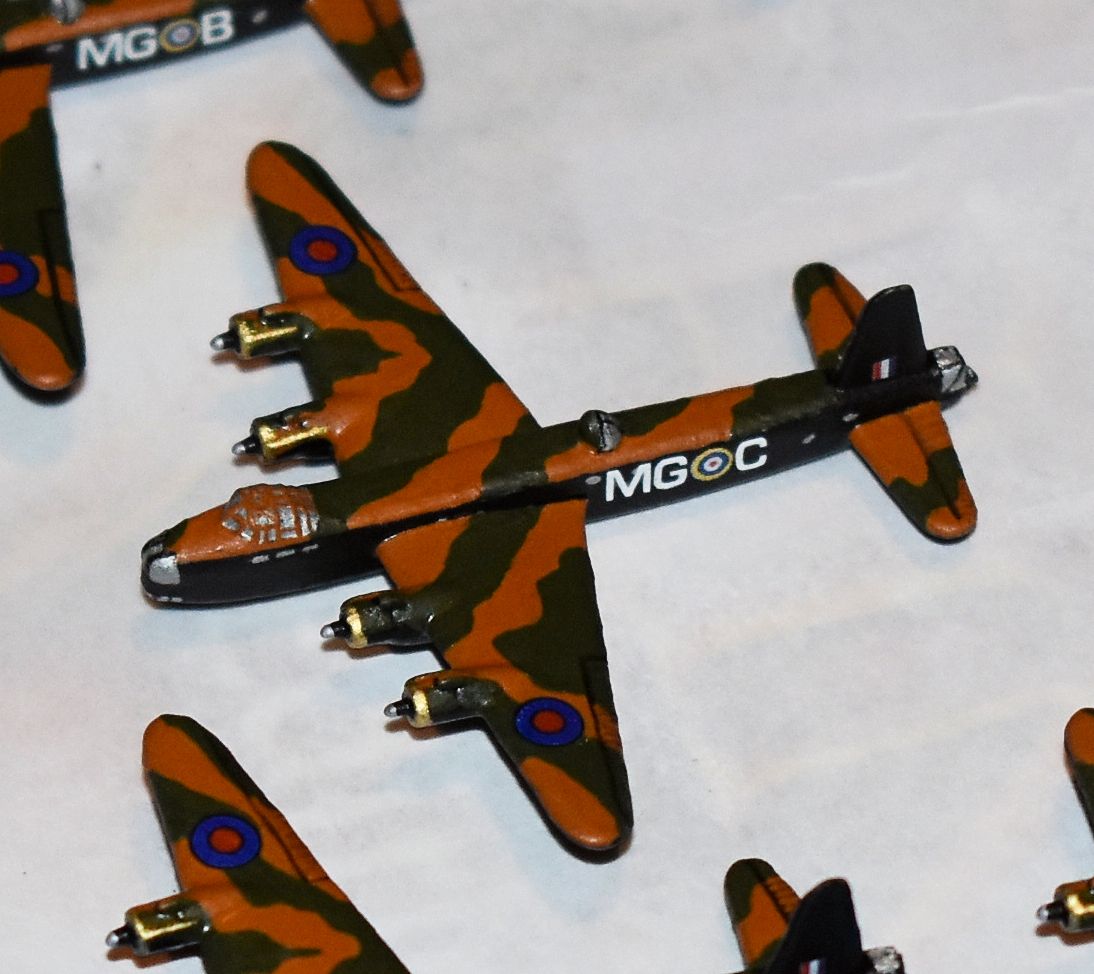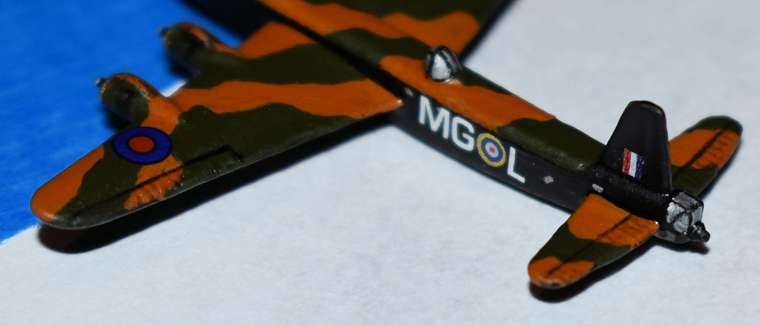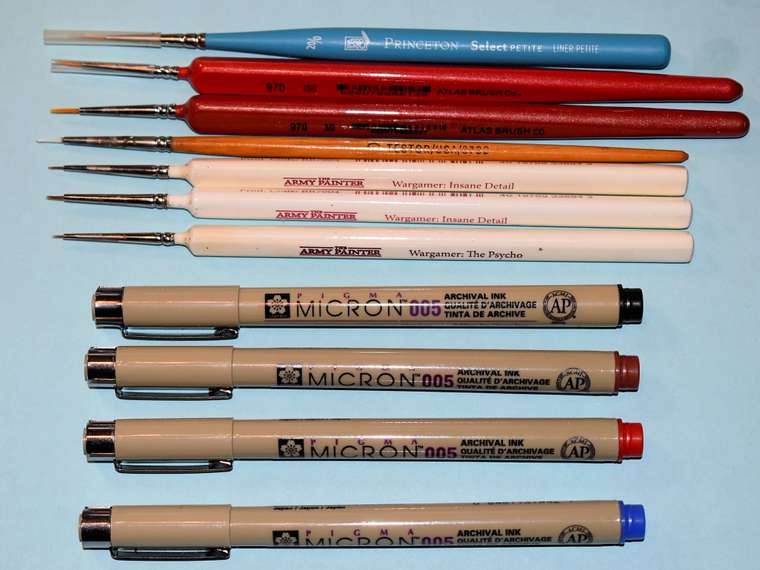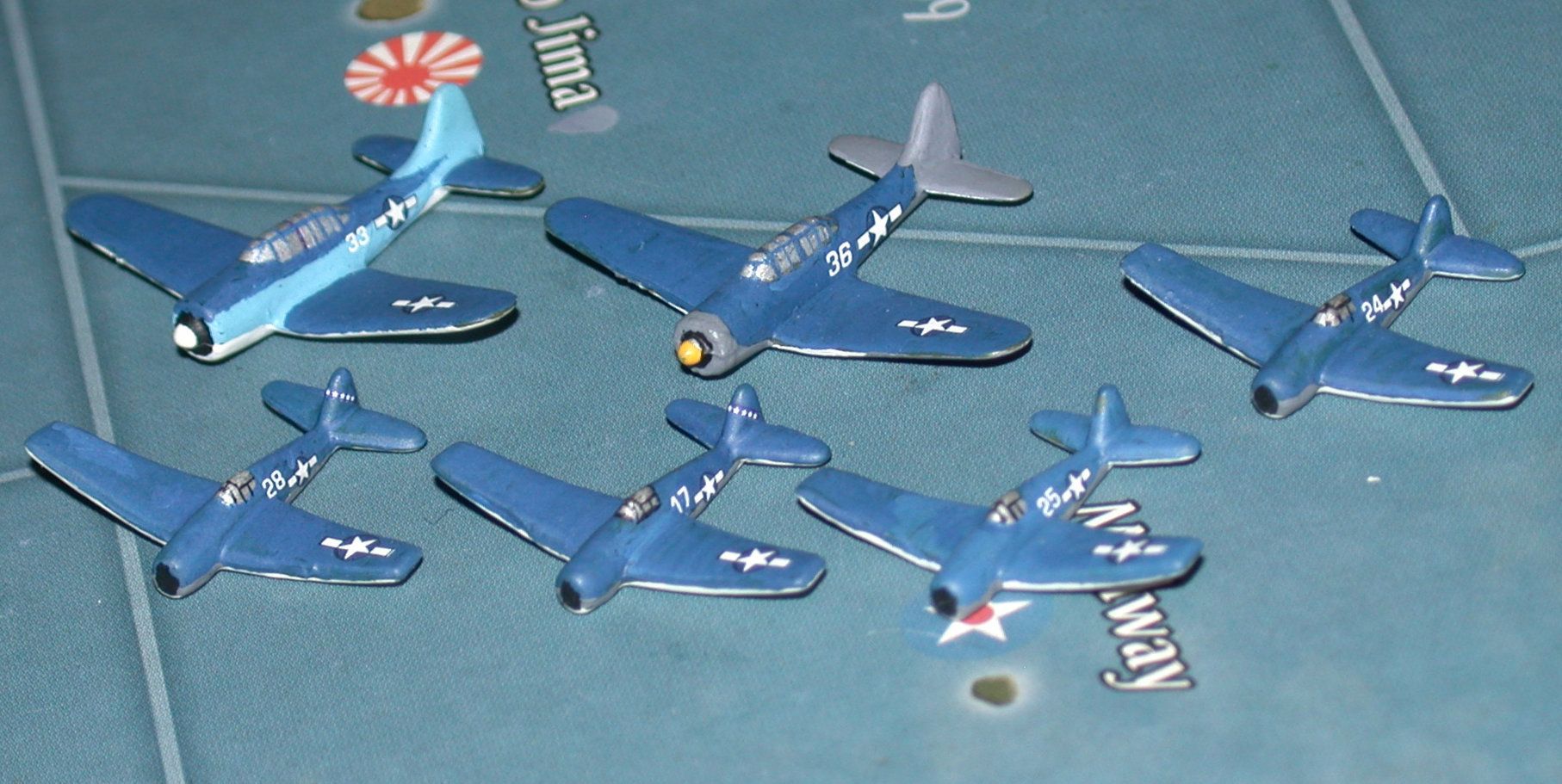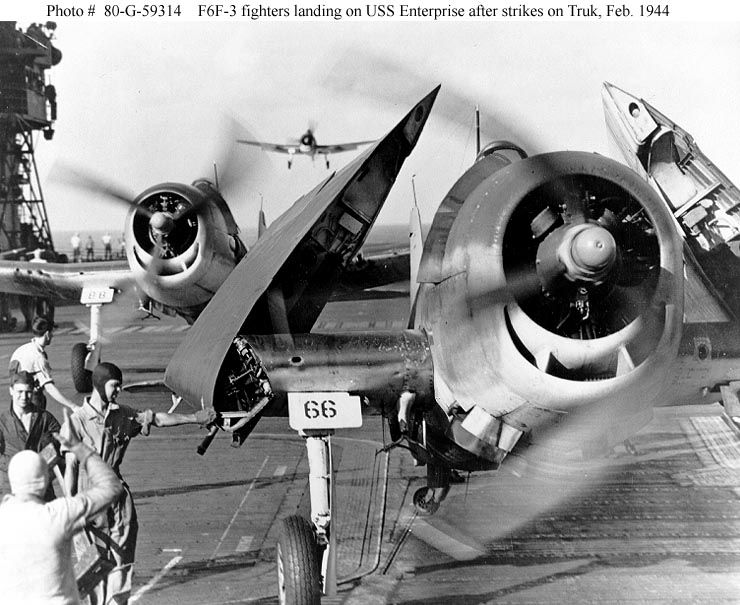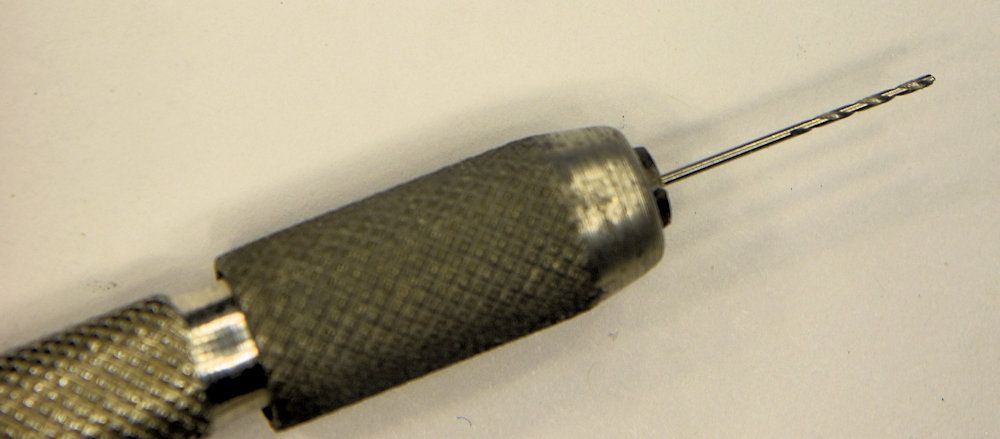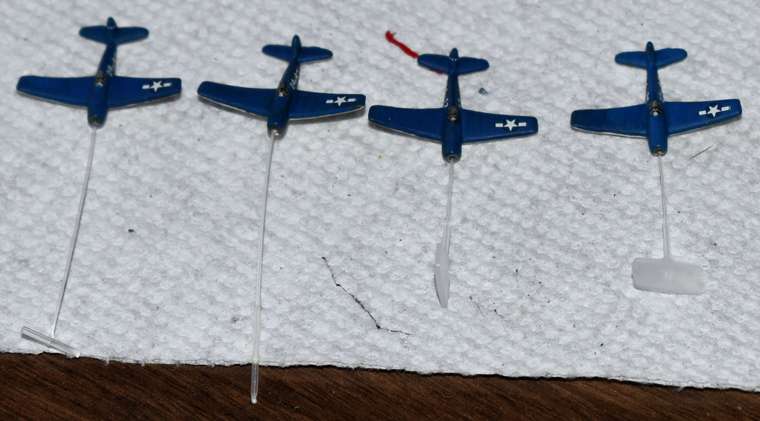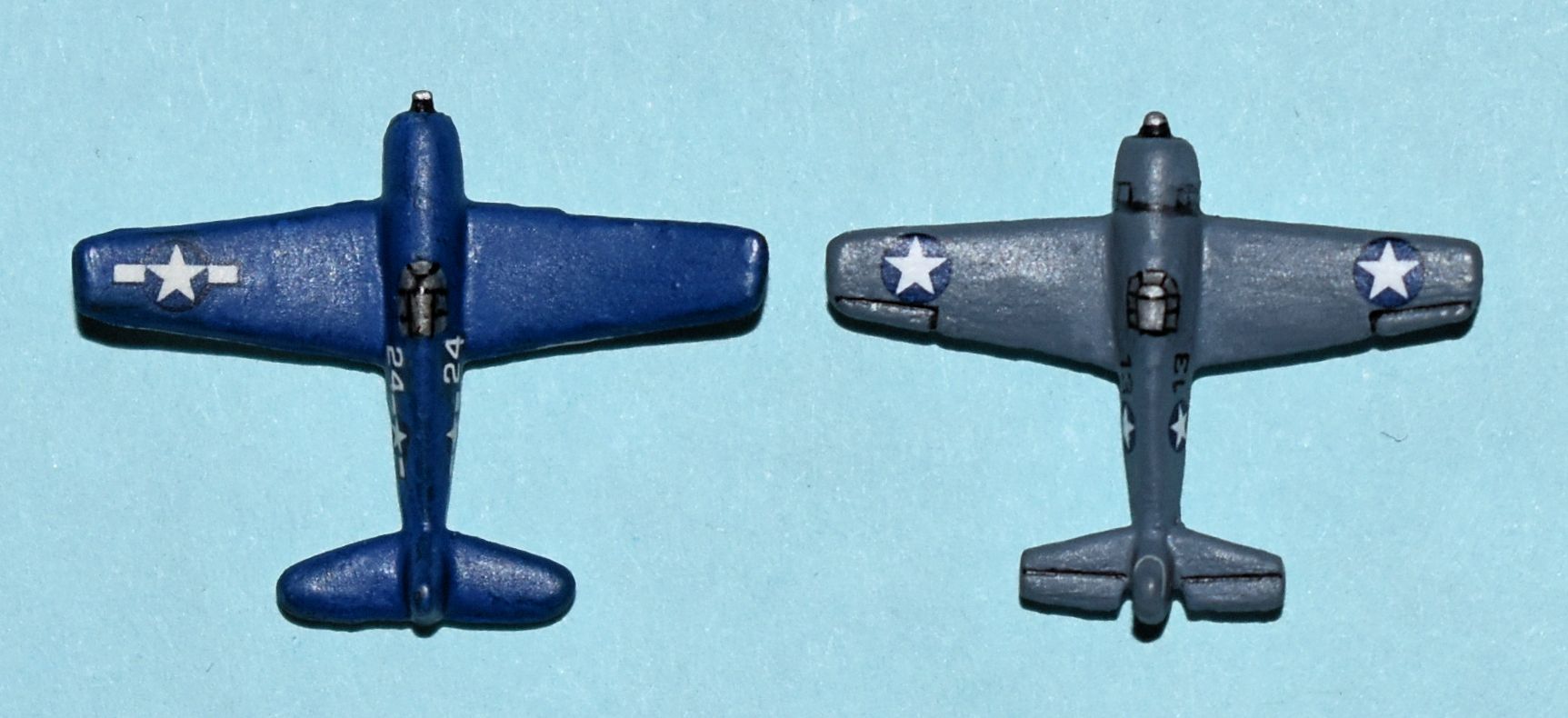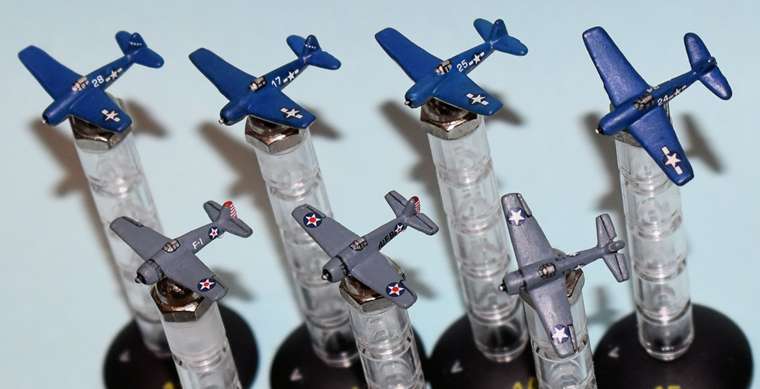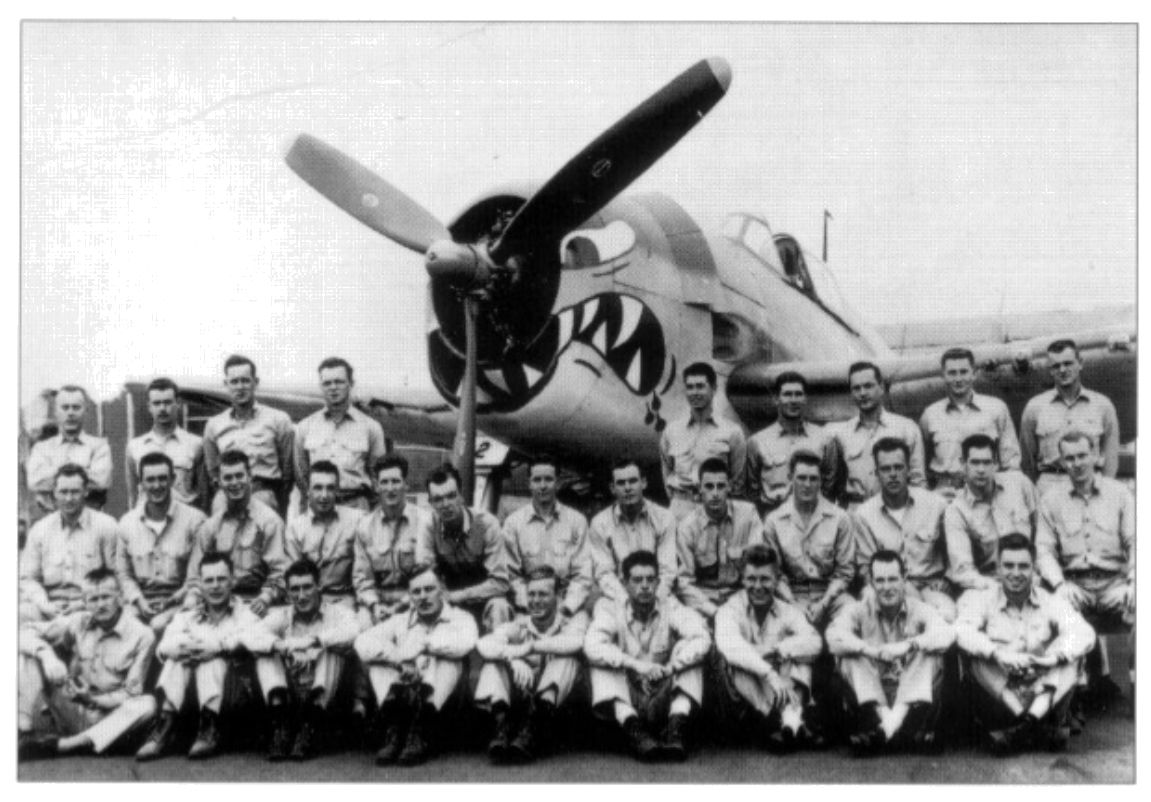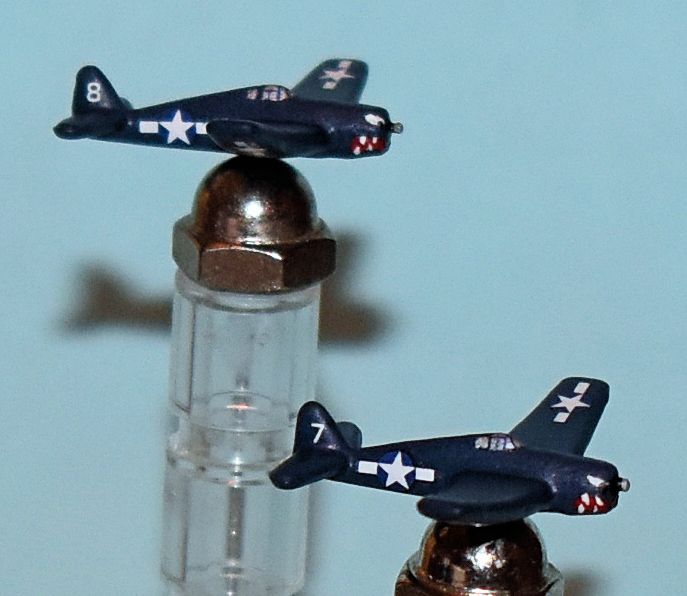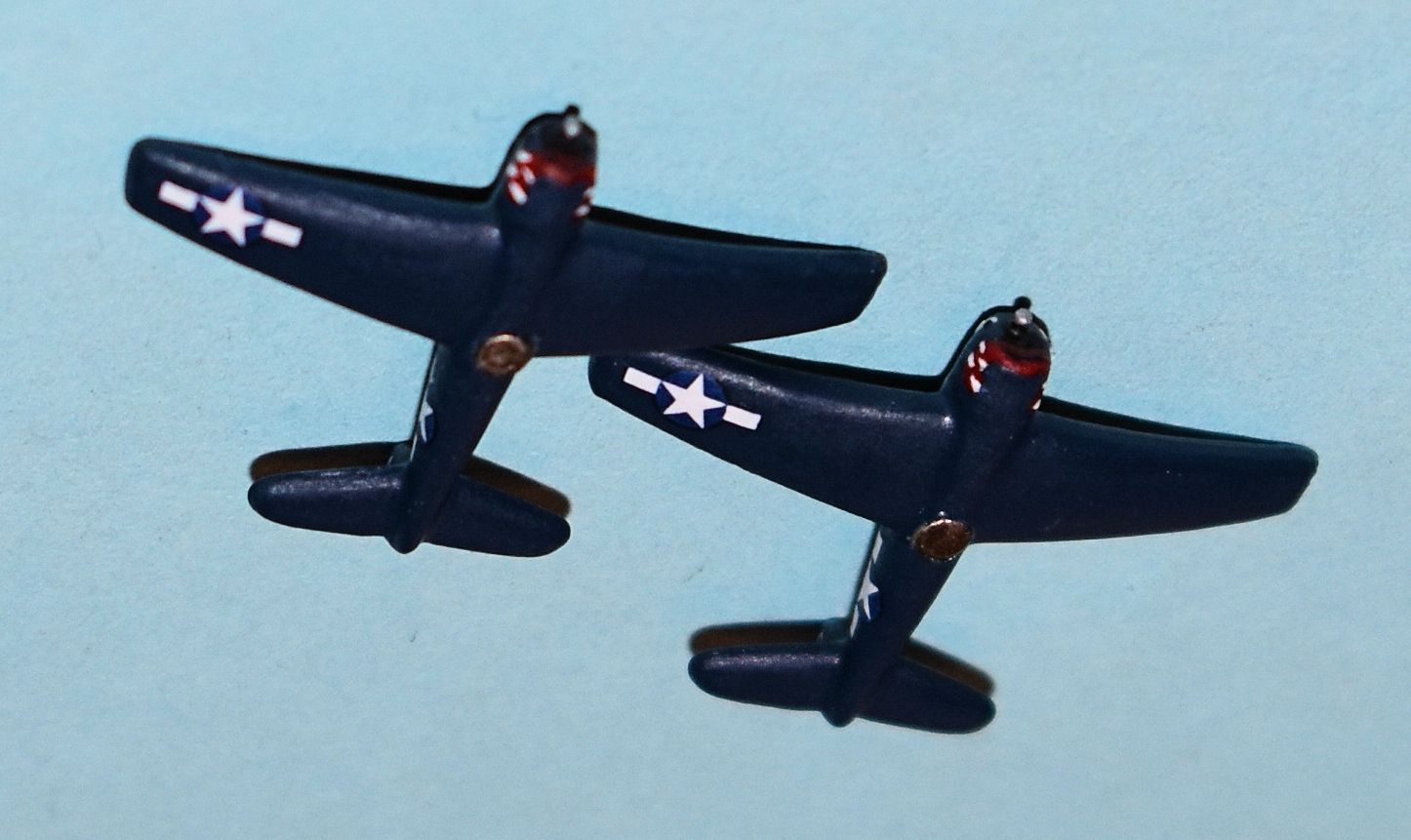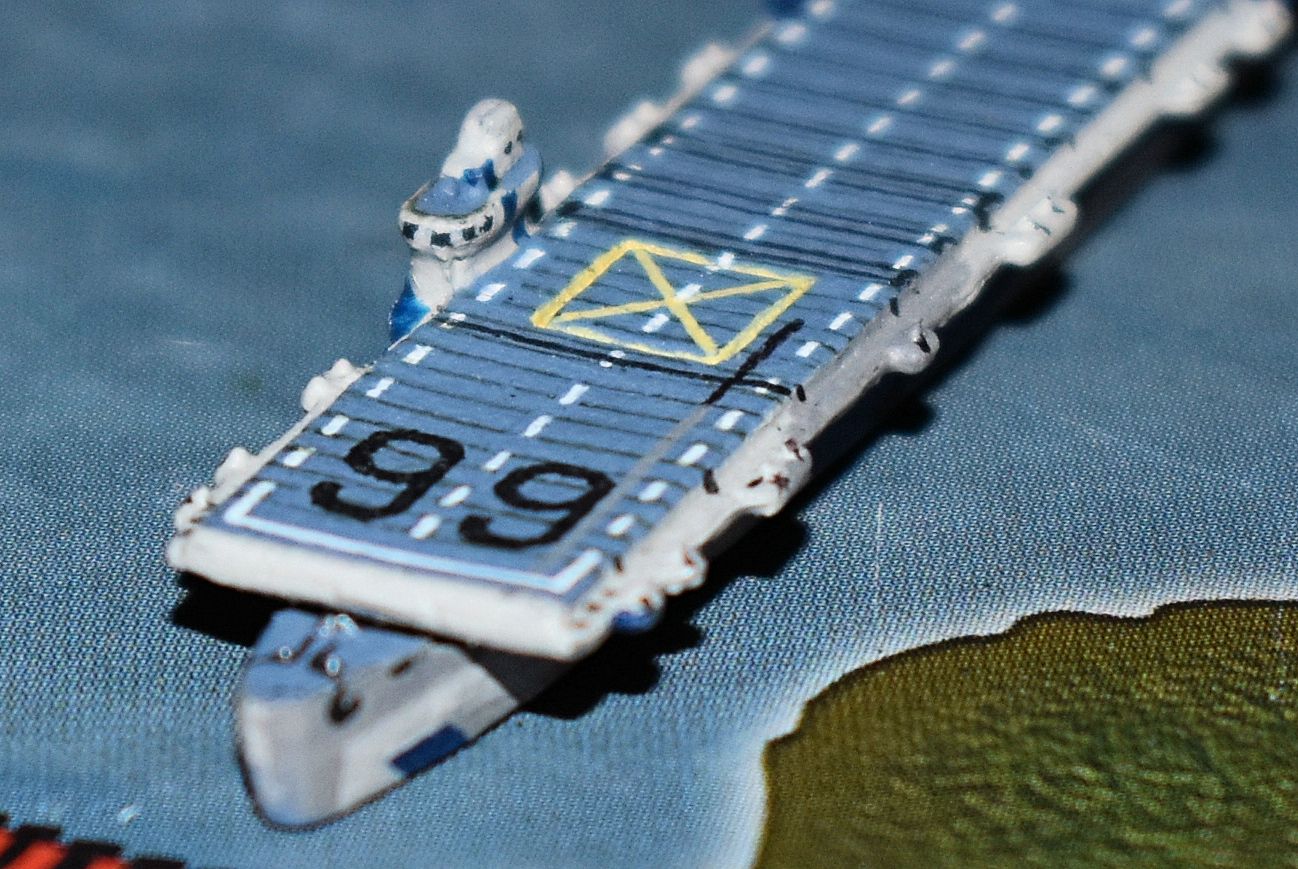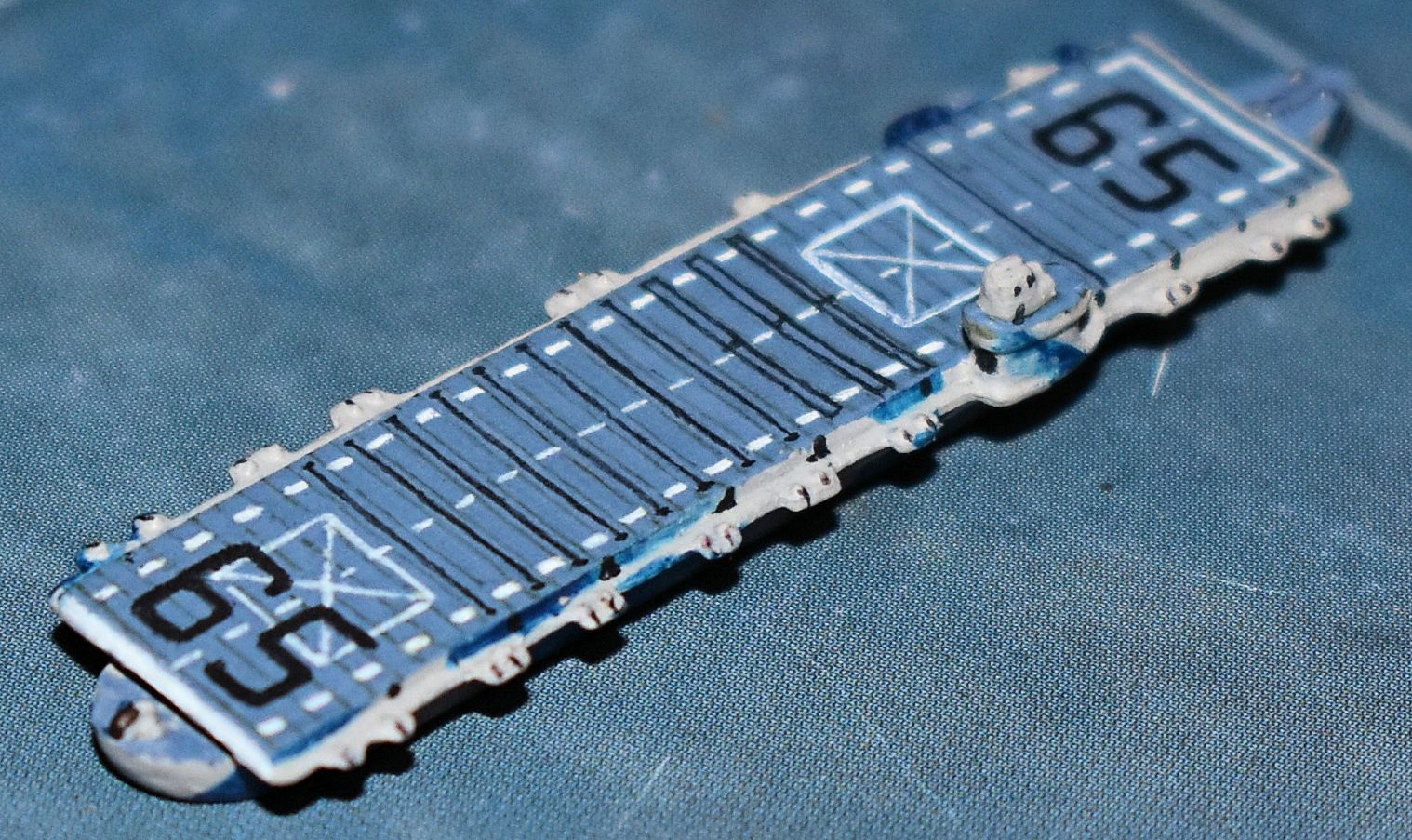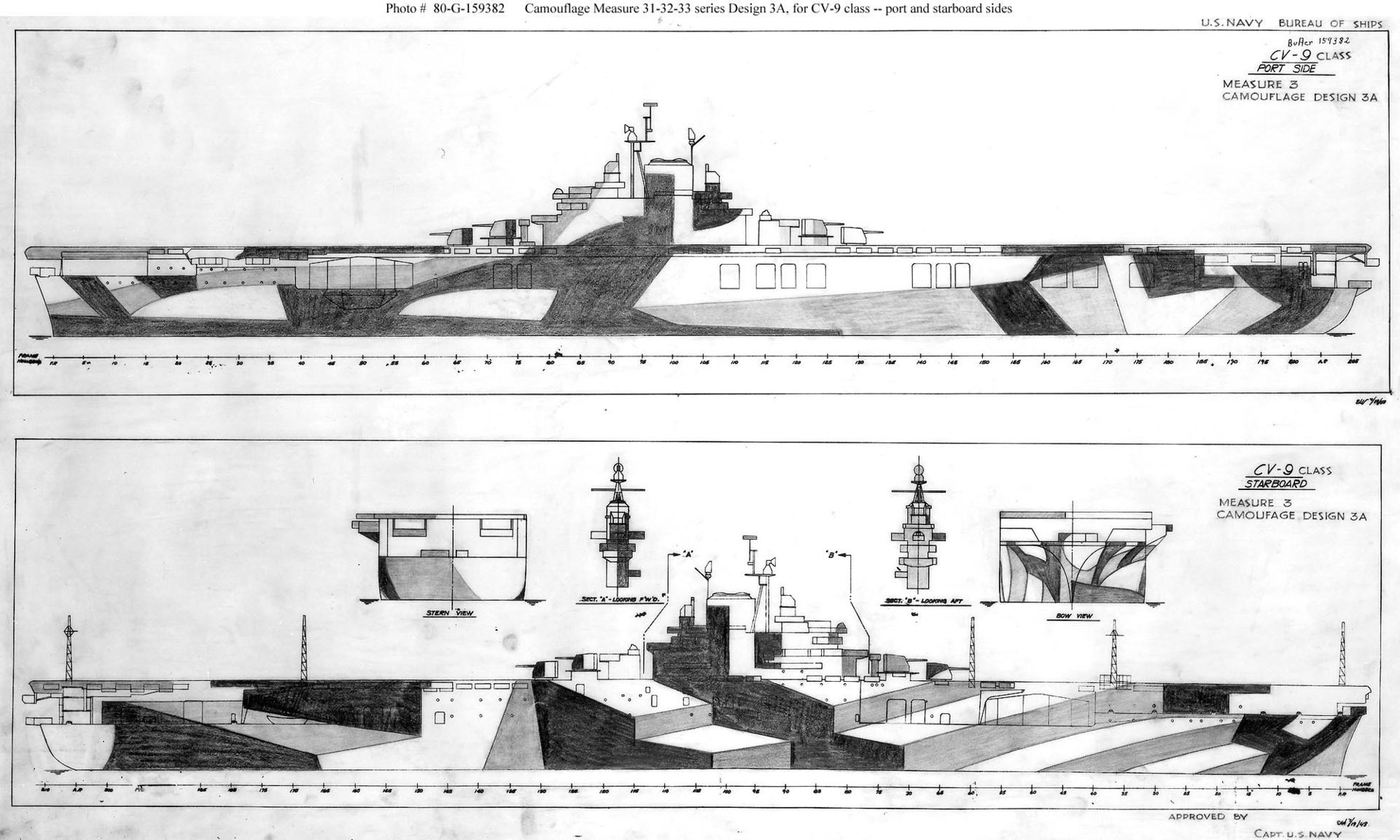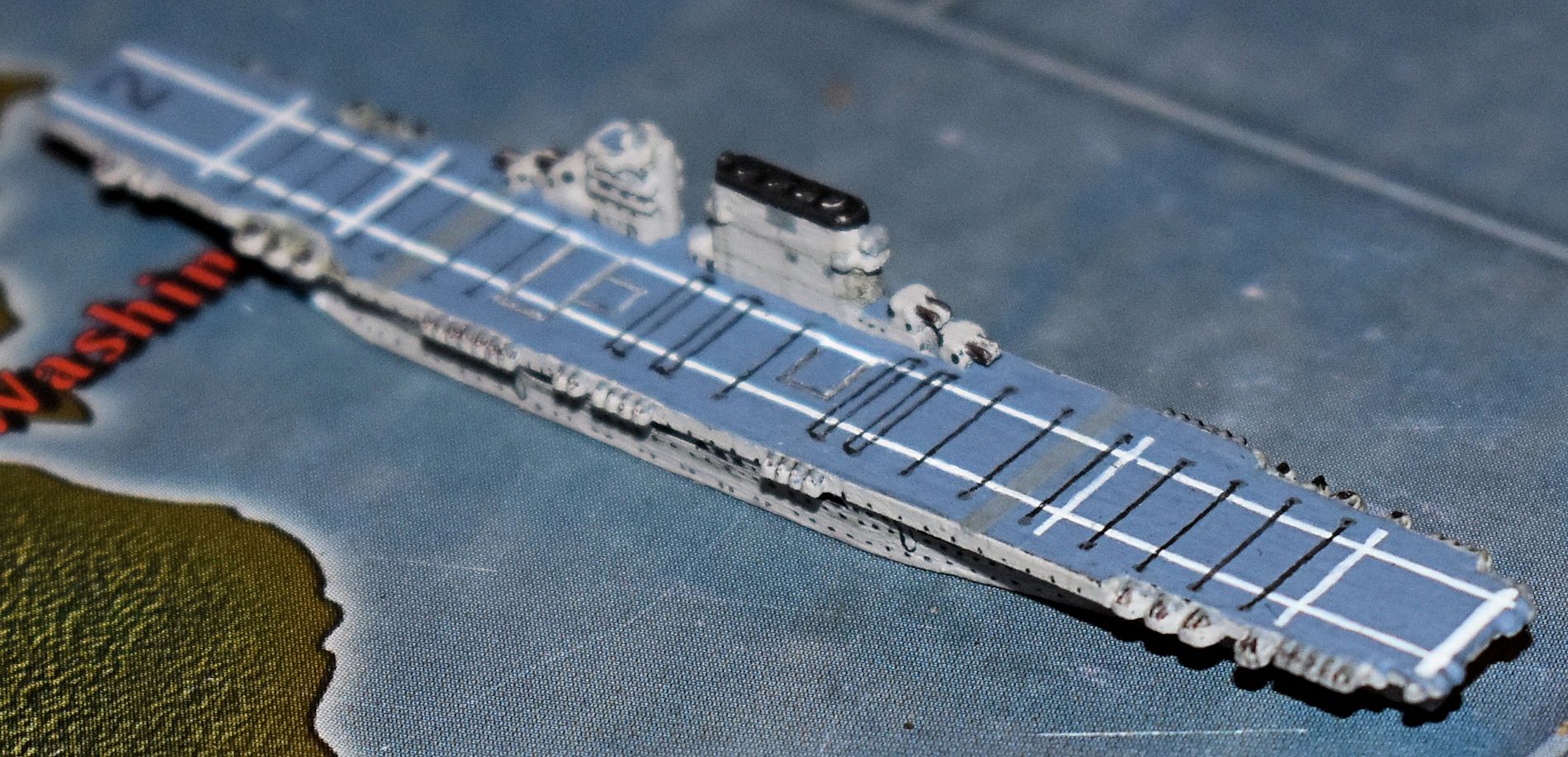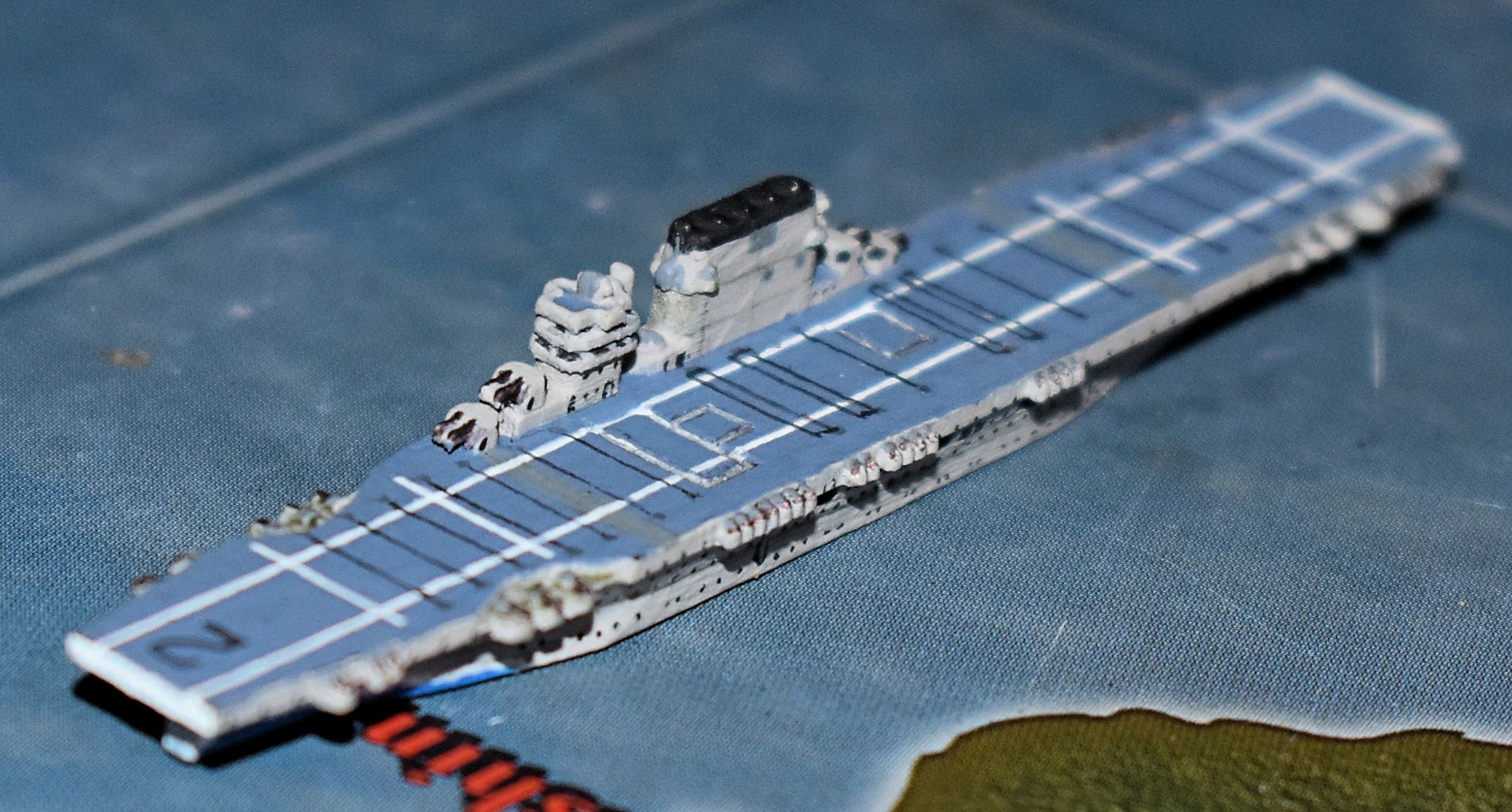Five US Navy ships by FOlewnik- The USS Allen M Sumner (DD-692), the USS Pittsburgh (CA-72), USS Washington (BB-56), USS Massachusetts (BB-59), and my personal favorite of this particular post, the Essex class USS Yorktown (CV-10) from start to finish. To start, GHQ’s Sumner class destroyer as the Sumner itself, DD-692. GHQ pieces are made of pewter or similar alloy and are richly detailed. They’re five times the cost of an HBG piece, but they have a great variety of destroyers, too, so I guess you’re paying for variety and detail. They get painted quickly because they don’t need mods. FOlewnik bought several different DD types for the US Navy this past holiday season when orders over $100 got a fat discount, so the US Navy will have the hottest looking destroyer group when they’re all done. So here is the USS Allen M Sumner (DD-692):



The USS Pittsburgh (CA-72) is a Historical Board Gaming Baltimore class heavy cruiser. These pieces have a lot of detail but need a lot of prep work with trimming flash plastic from where the molds leave a seam. These get modded with scout planes & recovery cranes and after FOlewnik gets done with them, look really good. This was done from a scale model guide, shown here.




The USS Washington (BB-56) is the 2nd of the set from Ebard at Shapeways (there were 2 of this class). It also has the scout plane from GHQ added, and FOlewnik has added the life rafts during painting. It is painted as it looked during the Battle of Savo Island on the night of 14-15 November 1942.



HBG’s South Dakota Battleship is the basis for FOlewnik’s USS Massachusetts (BB-59). It required quite a bit of flash plastic trimming before the recovery crane was added. The scout planes from GHQ are painted separately and then glued in place before the tiny US star is added to the wings. Done to look like the ship appeared in July of 1942.




HBG’s Essex class carrier is the basis for FOlewnik’s USS Yorktown (CV-10). The bare sculpt had to be cleaned and prepped- you can see the brown putty added to level the deck. Magnets are glued in flush with the flight deck. In the second picture, you can see FOlewnik’s 10/0 brush used on the flight deck to the left, and at right is his paint palette with the paint wells.

